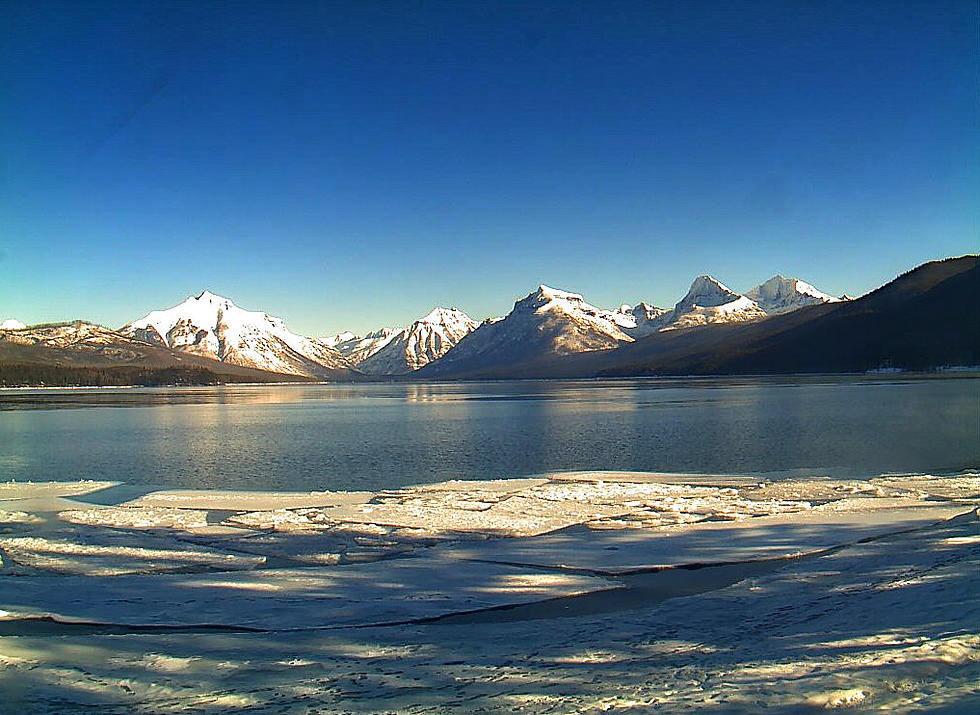
Montana’s Snowpack: Will More Arrive In Time For Summer?
We could still use more snow on Montana's mountain peaks over the next few weeks.
At least it's beginning to look like your favorite summer activities like floating the rivers and fishing might not have to be called off because of this winter's "snow drought."
While recent storms have made a solid improvement in our snowpack, hydrologists are still watching for more precipitation as we go into spring to make up the difference from a very dry start to the winter season. We won't know about the fire season outlook until the first official forecast is released April 1st.

Recent storms making a difference
The USDA Natural Resource Conservation Service says February brought fairly consistent moisture to most of Montana's river basins, even with a couple of periods of "warm and sunny weather" in the middle of the month. Eric Larson, the NRCS Water Supply Specialist, says some of the SNOTEL sites recorded precipitation as high as 150-200% of normal.
READ MORE: How Recent Snows Saced Montana's Ski Season
Big improvement in some locations
Larson says the Bitterroot and Lower Clark Fork received rain and snow at about 110% of normal, while the Upper Missouri Basin was 170% of normal. That boosted snowpack totals from as low as 40% to around 70%. The statewide average still isn't great, about 65-to-75% of normal, but that's a marked improvement.
The real problem spot continues to be the Rocky Mountain Front, where the watershed only has about half the snow it should have for March 1st.
More snow needed
March and April are when Montana can really "build up" the water contained in the snowpack. And Larson says the storms last week, which aren't reflected in the March 1st report, are helping but "widespread snowpack deficits still exist." While the high country could use more snow, NRCS says the recent storms have helped the lower elevations, which is positive for not only runoff but fire danger this summer.
LOOK: Biggest snowfalls recorded in Montana history
Gallery Credit: Stacker
More From Newstalk KGVO 1290 AM & 98.3 FM









